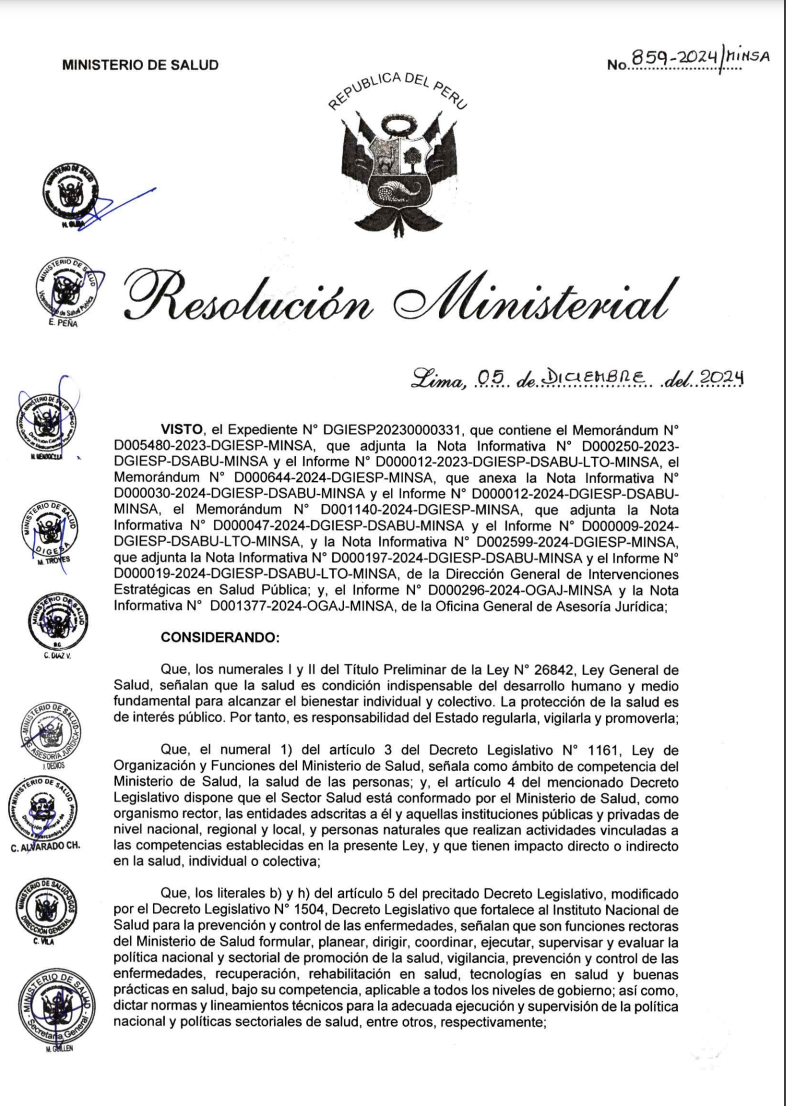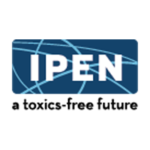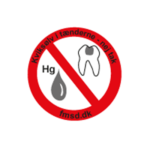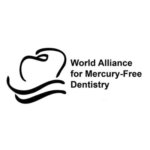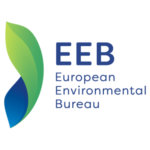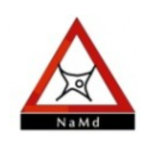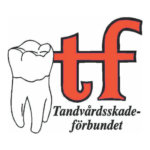On 10 December 2024, Peru widely banned the use of dental amalgam with the Ministerial Resolution N° 859-2024-MINSA. Dental amalgam can now only be used in exceptional cases.
Dentists shall prioritise the use of mercury-free dental restorative materials (composite resin, glass ionomer cement and other dental restorative materials) for the treatment of dental caries and other treatments requiring tooth restoration, and shall limit the use of dental amalgam to cases where its use is essential due to its physical and mechanical properties, as specified in the technical health standard:
- Patients diagnosed with bruxism, epilepsy and other pathologies with clinical episodes characterised by a high frequency of permanent occlusal contact between antagonistic teeth with high compression, taking into account the individual condition of each patient and the particular risks of each case.
- Patients belonging to population groups who, due to their socio-cultural patterns, customs and idiosyncrasies, have eating practices involving the continuous chewing of hard grains (dried beans or similar) and traditional habits, such as the continuous chewing of the leaves of certain plants (coca leaves), which after the sensitisation process fail to replace dental amalgam restorations with mercury-free dental restorative materials.
Dentists shall further evaluate the condition of dental amalgam restorations in the oral cavity of patients and consider their removal only when they present complications that affect the vitality of the tooth.
The use of dental amalgam as a dental restorative material, and the removal of dental amalgam present in the tooth, is prohibited for the following population groups with the following conditions:
-
- Pregnant women
- Women planning to become pregnant
- Breastfeeding mothers
- Children under 6 years of age
- People living or working in gold mining areas, or areas of mercury exposure
- Patients with chronic mercury intoxication
- Persons who are allergic to the components of dental amalgam
- People with renal insufficiency
Public and private health facilities should, as appropriate, provide for the programming, procurement, installation and maintenance in dental units of an amalgam trap or separator system that allows retention and adequate access for the disposal of amalgam residues aspirated by the dental unit ejectors during the removal of dental amalgam restorations and prevents the disposal of mercury residues into the drainage and sewage system.
Dentists must perform proper handling during the preparation of dental amalgam, depositing dental amalgam residues and leftovers in an airtight container that prevents evaporation and production of mercury gases.
Dentists must use personal protective measures, such as apron, cap, gloves, respirators, goggles and/or face shields, to prevent exposure to mercury vapours emitted during the placing and/or removal of dental amalgam.
Dentists shall provide information to the patient on the possible adverse effects that may occur with the use of mercury-containing dental amalgam.
––
Comment by EnvMed Network:
We applaud Peru for these far-reaching measures to phase out the use of dental amalgam.
However, we cannot agree with the exemptions, even though they exclude vulnerable groups like pregnant women breastfeeding mothers or women planning to become pregnant.
It has been scientifically proven that the release of mercury from amalgam fillings is significantly increased by intensive chewing or teeth grinding. Also ethnic minorities and especially patients with neurological diseases shouldn’t be exposed to a known neurotoxin. The longevity of alternative filling materials, like composite, is nowadays comparable to the longevity of dental amalgam.
Dentists should not only consider the removal of dental amalgam fillings when they present complications that affect the vitality of the tooth. Surfaces of amalgam fillings may start to corrode significantly after just 5 to 10 years depending on their elaboration and wearing conditions resulting in the release of increased amounts of mercury.
We welcome that separators should only be installed for the removal of dental amalgam, where appropriate. Investing in the installation of a separator should never create an incentive to continue using amalgam and resources should rather be spent on the use of alternative filling materials.
We further agree that amalgam should absolutely no longer be used in people living or working in gold mining areas, or areas of mercury exposure. This will effectively ensure that mercury from amalgam capsules is not illegally diverted for gold mining and released into the environment.
––
Further Information:


